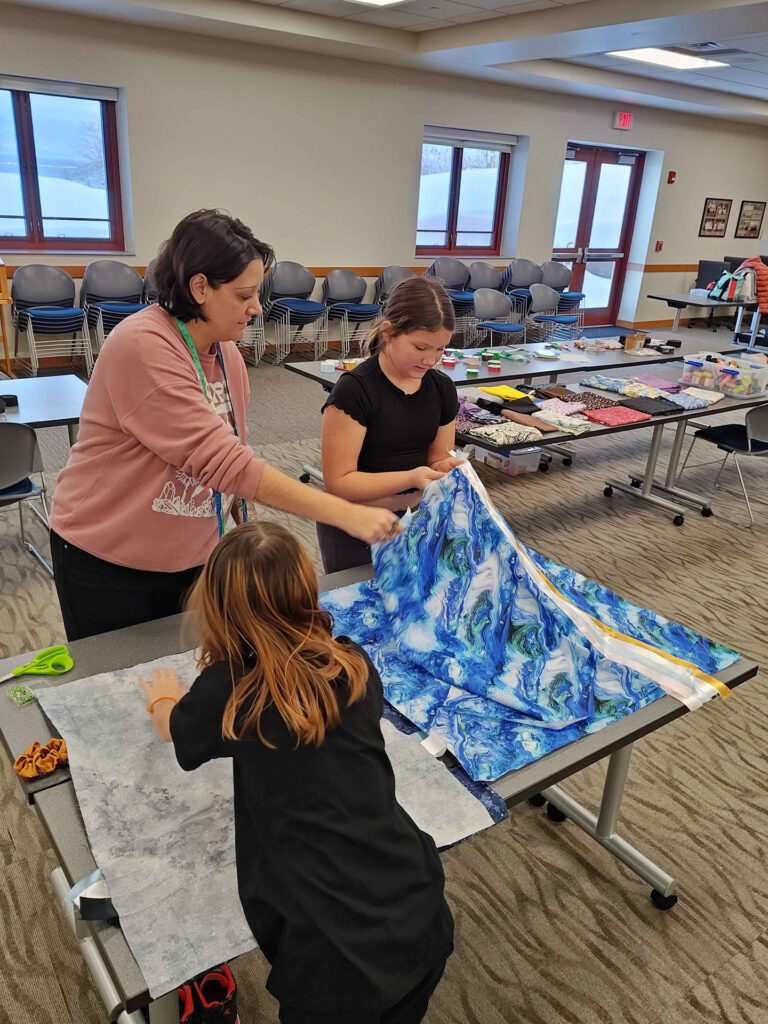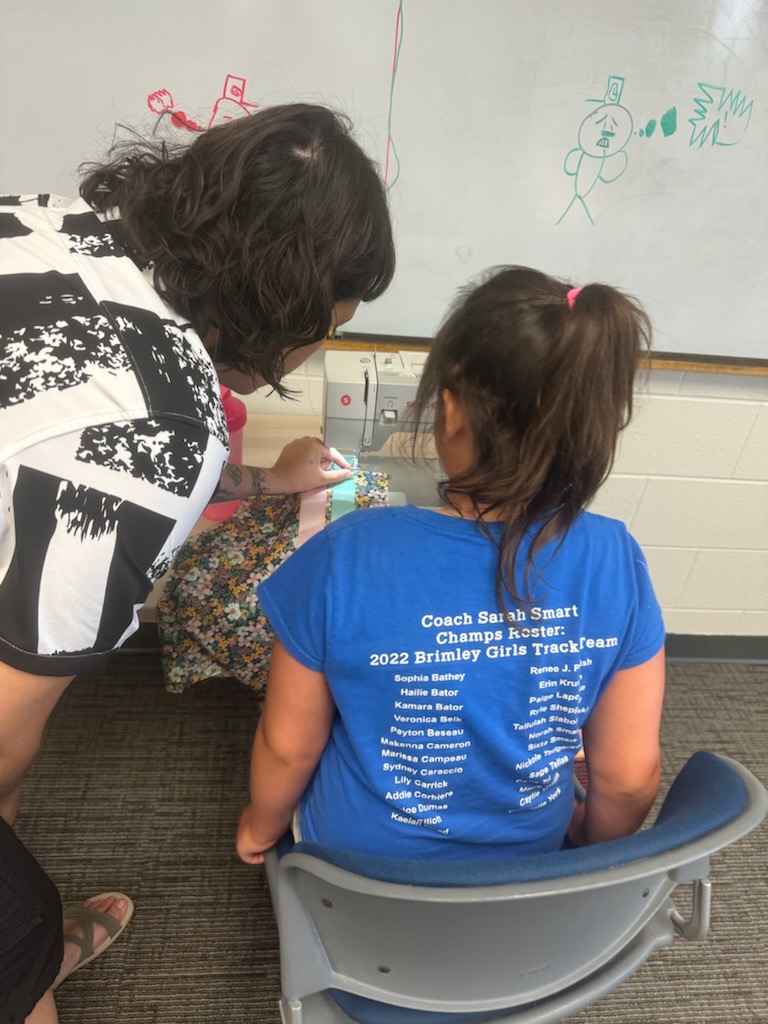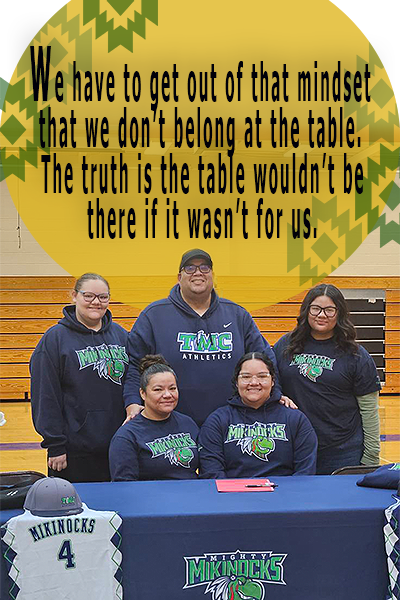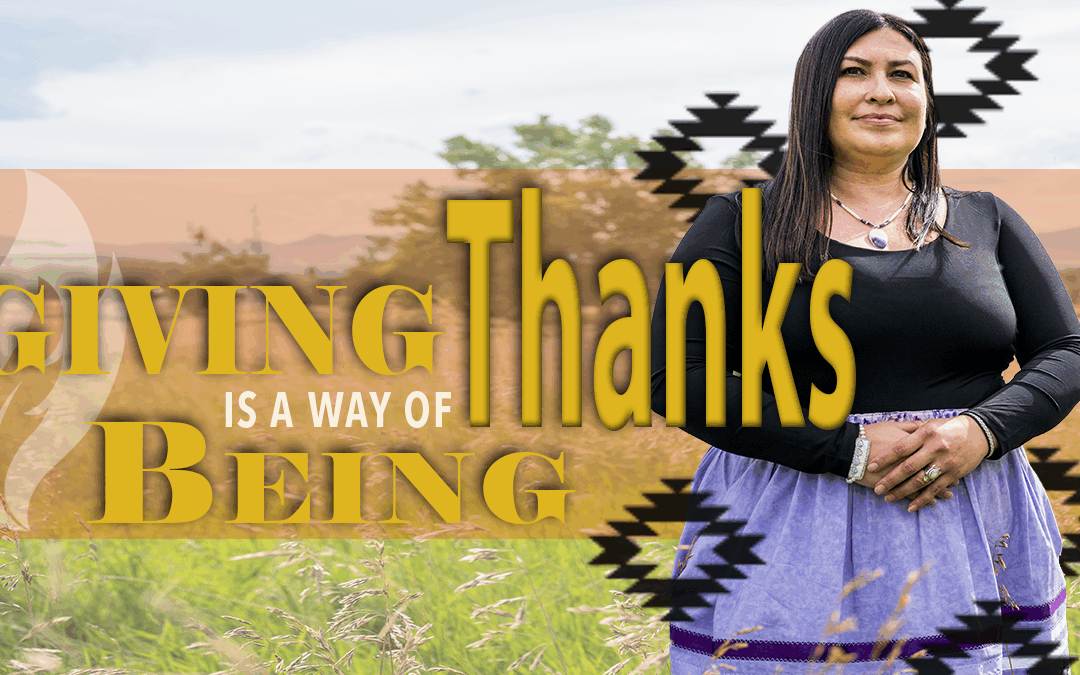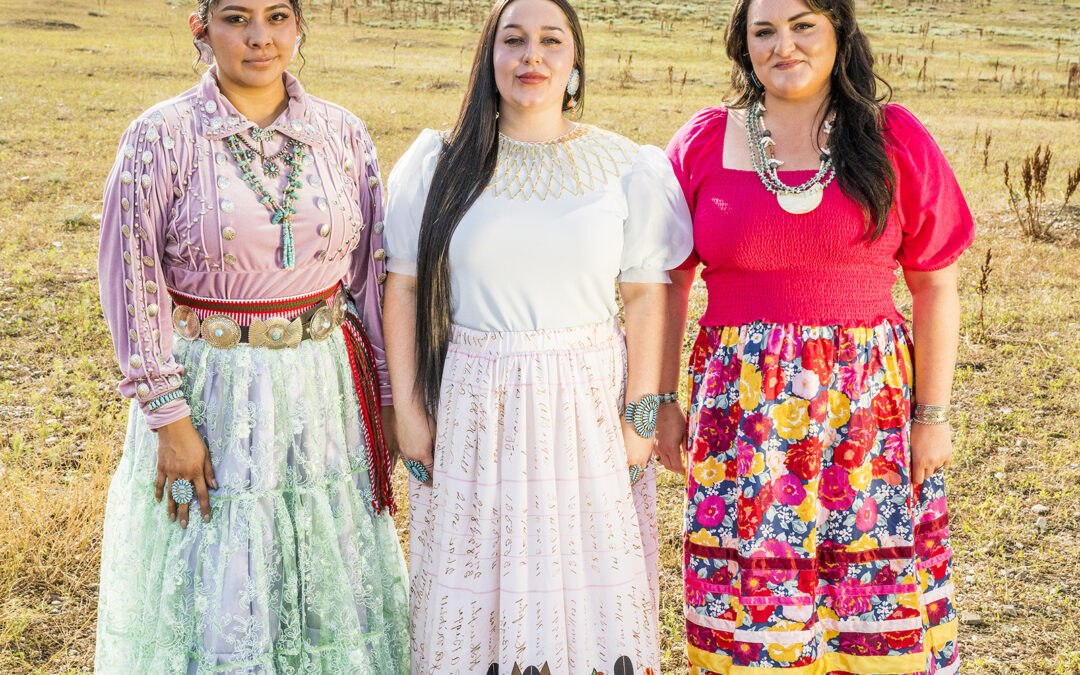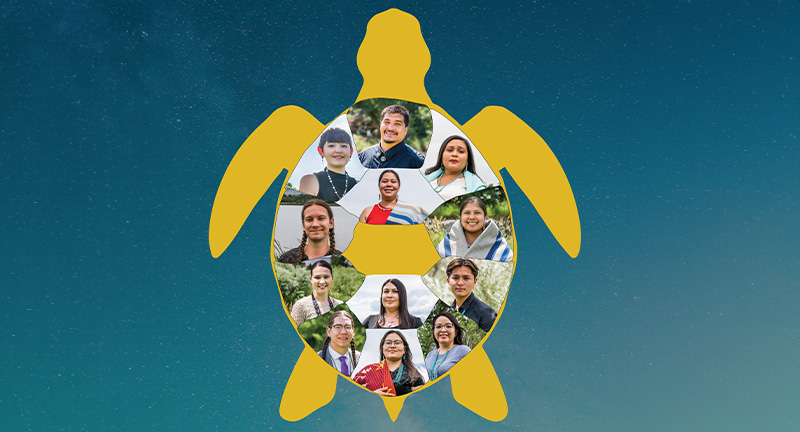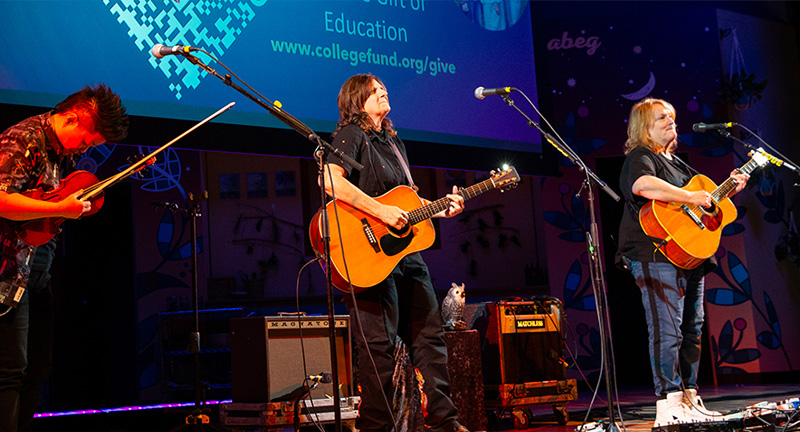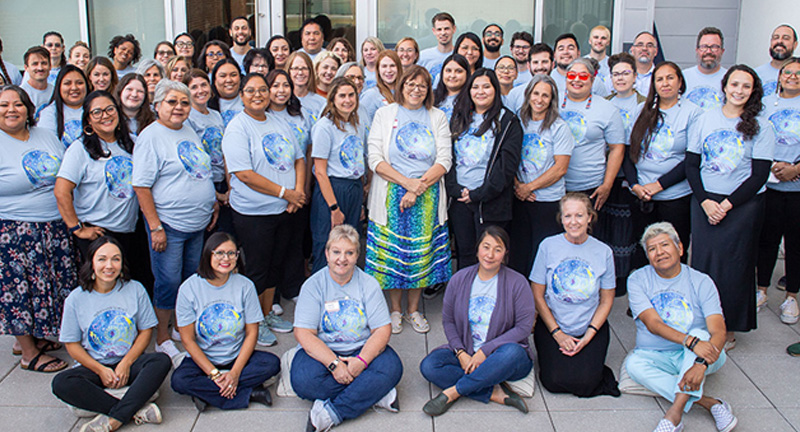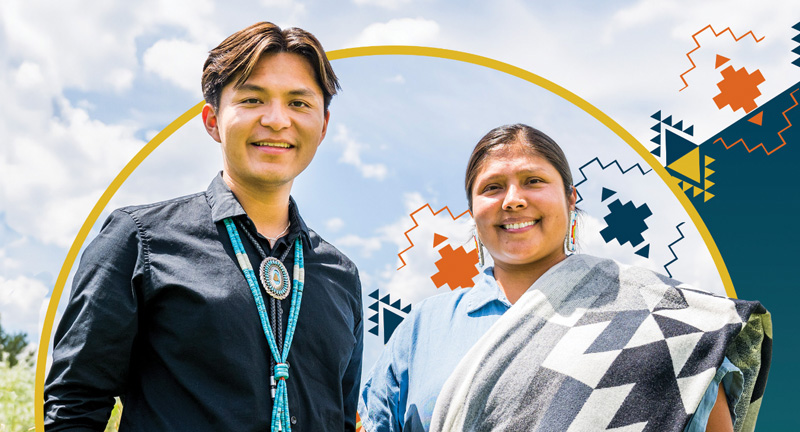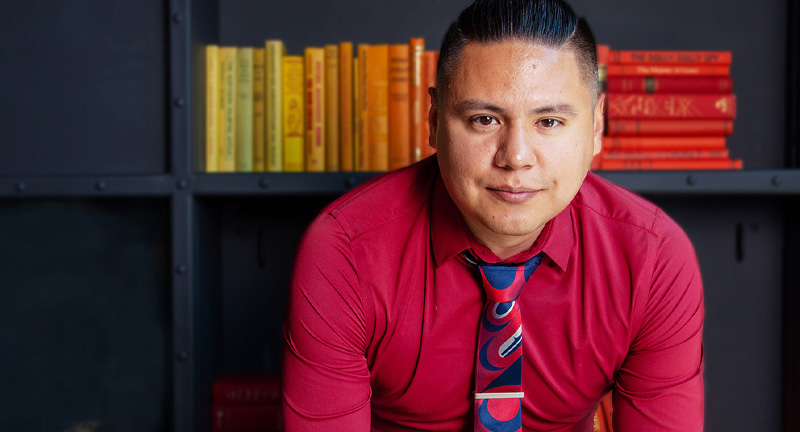Written by LaTara LeBlanc, Student Engagement Specialist, Bay Mills Community College
Introduction
Art is more than just an expression; it’s a bridge to culture, identity, and history. For Chelsey Cameron of the Bay Mills Indian Community, cultural artistry is not just a skill it’s a legacy passed down through generations. As a dedicated educator at Bay Mills Community College, she has spent years sharing her knowledge through cultural workshops, helping others reconnect with their heritage through traditional Ojibwe art forms.
The Journey of Cultural Learning
Chelsey’s cultural education began not in a formal classroom but in the rich environment of her community. Growing up surrounded by tradition, she absorbed the teachings of elders and women who shared their stories, songs, and skills. She learned to bead, sew, and draw in the traditional Ojibwe style, skills she has now practiced for over two decades. More recently, she has also embraced digital drawing, a modern extension of her creativity.
Her mentorship came not from a single individual but from a collective of strong Native women who taught her not only artistic techniques but also the deeper meaning of engaging with her culture as a woman. This experience shaped her perspective, reinforcing the idea that cultural knowledge is not just about replication but about understanding one’s place within the tradition.
Materials, Craftsmanship, and Innovation
Chelsey’s work spans a wide range of materials, from fabrics and hide to quills and beads. She experiments with new mediums, finding joy in the challenge of learning something new. Harvesting materials is also part of her practice. She has collected porcupine quills from roadkill and carefully selected fallen birch bark for her projects. These hands-on experiences deepen her connection to the land and the traditions she upholds.
Her inspirations are drawn from the strong Native women around her, elders, and the contemporary Native designers pushing artistic boundaries. She admires those who bring fresh innovation to Indigenous art, and she sees herself as part of this movement sharing, teaching, and evolving her craft in a way that respects tradition while embracing creativity.
Teaching and the Future of Native Arts
For the past seven years, Chelsey has taught others how to create their own cultural items, ensuring that knowledge remains accessible to those who may not have had the opportunity to learn elsewhere. Through her work with tribal colleges and universities (TCUs) and the Native Arts grant program, she has witnessed firsthand the empowerment that comes from learning and practicing Native arts.
Her vision for the future is one of expansion and innovation with more craft masters emerging, new designs infused with Indigenous perspectives, and a stronger sense of artistic sovereignty among Native creators. She believes that learning about Native arts is crucial, not only for reclaiming cultural traditions but also for allowing them to evolve and thrive in contemporary spaces.
Conclusion
Chelsey Cameron’s art represents a rejection of rigidity and embracing playfulness and exploration. By sharing her knowledge and inspiring others to create, she strengthens the cultural fabric of her community and beyond. As Native arts continue to flourish, educators like Chelsey ensure that tradition is not only preserved but transformed, carrying the past into the future with beauty, skill, and innovation.
